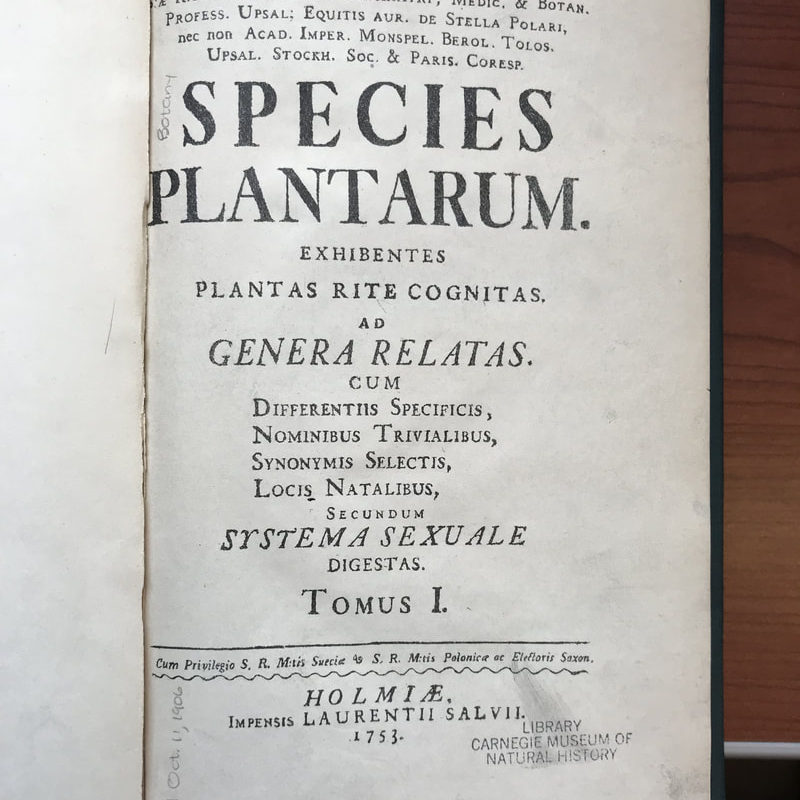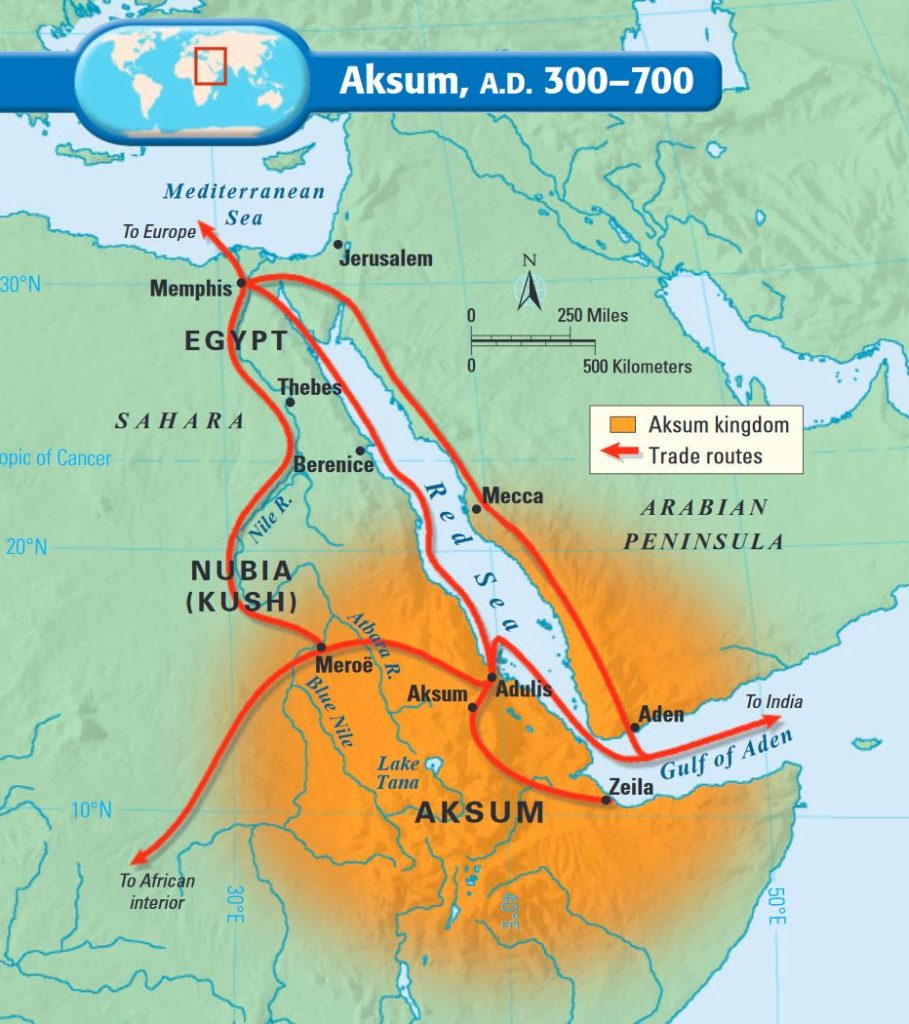Until 1587, there was no written history about coffee. However, popular coffee legends and myths could have the key to unveil what happened before.
Abd-al-Kâdir in 1587 is the first authentic account of the origin of coffee in history. It is the famous Arabian manuscript commending the use of coffee. Preserved in the Bibliothéque Nationale, in Paris, and catalogued as “Arabe, 4590.”
Surprisingly, a copy is available online here.
Latter coffee accounts to this manuscript are very likely to be just tales, myths and legends. Nowadays widespread throughout coffee culture and inevitable opening headers on coffee related websites and books.
The Legends
Kaldi
The most popular of them all is the myth of Kaldi. An Ethiopian goatherd and his dancing goats. First published on De Saluberrima potione Cahue seu Cafe nuncupata Discurscus (Rome, 1671). By Antoine Faustus Nairon. A Maronite who became a Roman professor of Oriental languages. Author of one of the first printed treatises devoted to coffee. He was not the first European to write about coffee though. That honor belongs to Adam Olearius Voyag who mentioned coffee in one of his books in 1647. Nevertheless, Nairon wrote the first book entirely devoted to coffee ever.
Kaldi’s tale origin is uncertain. It is unknown whether Nairon made it up or took it from legitimate verbal local testimonies. However, it is suspiciously similar to another popular coffee legend featuring Ghothul Akbar Nooruddin Abu al-Hasan al-Shadhili. Unfolded in Ethiopia as well. So it is likely, Nairon used it as a source of inspiration.
Sheikh al-Shadhili
Ghothul Akbar Nooruddin Abu al-Hasan al-Shadhili also known as Sheikh al-Shadhili was an influential Moroccan Islamic scholar and Sufi. Founder of the Shadhili Sufi order. His journeys around the Arabic peninsula, north and east Africa are notorious. According to the legend while in Ethiopia, Sheikh al-Shadhili noticed some birds that were unusually lively. He tried the berries he saw that the birds had been eating and felt the same vitality.
Besides this short and vague anecdote, there is not much about Sheikh al-Shadhili and coffee. However, he was a true character and important figure during his lifetime (1196 – 1258). This sets the story back to 300 hundred years before the Abd-al-Kâdir manuscript. Therefore 400 years before Kaldi and the goat’s tale.
Additionally, for such an old story, it correctly tracks Arabica’s coffee origin to Ethiopia. While this is common knowledge today. For centuries people considered the Arabic peninsula as the birthplace of coffee. Hence named after it when it was first described and catalogued in 1753. Only recently, through modern genetic mapping we have had enough evidence to determine southern west Ethiopia as the birthplace.

SEE ALSO: How did Vietnam use coffee to build a future?
Arabica’s geographical origin
Technically, Arabica coffee is a hybrid between two coffee species not native to Ethiopia.
(Coffea canephora and Coffea eugenoides).
Hence, there is no general consensus about how Arabica coffee arrived to Ethiopia. Some experts believe the hybrid emerged in the forests shared by neighbors Uganda, South Sudan and Democratic Republic of Congo. Where both original coffee species grow still side by side. Yet, only prospering in more suitable environments intrinsic to Ethiopian highlands. The second theory claims southern-west Ethiopia as the birthplace. Where the original parent species simply disappeared or Arabica just displaced them.
Either the case, the birthplace is Ethiopia. However, based on the third popular myth and the only one documented by Abd-al-Kâdir in 1587. Yemen was the origin.
The first documented theory
Omar, a Sheik Abou’l Hasan Schadheli’s disciple. Was once exiled (for undisclosed reasons) from Mocha to a desert cave near Ousab (today known as Sarawat mountains). While trying to survive he tried some berries from a shrubbery, he found them to be bitter. He roasted and boiled them and got a drink from which he felt better. When Mocha received the news, Omar was asked to return and was made a saint.
Although it is a short story, there are interesting clues in the text. In summary, Omar was exile to die in a hostile, uninhabited and isolated place and coffee was already growing there.
So if there was no one in Ousab and Omar was unfamiliar to coffee. Who grew the coffee? and when did it arrive to Yemen from Ethiopia?
To answer these questions, we need to know more about Ethiopian’s history.
Aksum the great empire
Long before Omar, Sheik Abou’l Hasan Schadheli’s, Yemen and Ethiopia. There was a civilization that rule the commercial routes along the Red sea. It was so magnificent that its grandiosity was only second to the Egyptian empire. Aksum encompassed a region nowadays occupied by Yemen, Eritrea and northern Ethiopia. The peak civilization extended from 80 BC to AD 825.

The Queen of Sheeba
The most remarkable monarch of this empire was the Queen of Sheeba. Mentioned in I Kings 10:1-13 and in II Chronicles 9:1-12 in the Bible (old testament). The chapter narrates Queen of Sheeba’s visit to Jerusalem where King Salomon received her.
Although it is not in the Bible. By the time Queen of Sheeba returned to Aksum from Jerusalem. She was pregnant whom one day would become the first emperor and founder of modern Ethiopia.
Menelik I, first Ethiopian emperor, was a direct descendant of David. Salomon’s son and his lineage rule Ethiopia for centuries. Until 1974, when the communist regime deposed and subsequently murdered Haile Selassie in 1975. The last of the original descent and head of state from 1930 to 1974. (Derg Regime).
SEE ALSO: How did coffee help to tear down the Berlin wall?
Physical evidence
There is enough evidence of a constant flow of goods. Between the two sides of the Red Sea during Queen of Sheba’s dynasty. For instance, during her period she adopted pistachios as royal food. Hence forbidding regular people from farming and eating. Interestingly, pistachios are native to the middle east and they do not grow anywhere in Africa.
Additionally, pistachios and almonds have been staple middle eastern food for millennia. Both could be poisonous due to presence of aflatoxins when raw. Therefore people throughout history have preferable consumed them roasted. Coffee like pistachios and almonds are drupes. Showing the same morphology and likewise, market preference lies over fruit’s seeds rather than the pulp, which is quite rare. These similarities cant be ignored and quite possible it is the reason roasted coffee became the norm.
Yemen and only Harrar city in east Ethiopia, are the first places in history. Where Arabica coffee was domesticated and farmed.
Both places are predominately Muslim, have a millennial history. (Harrar it is even the 4th holiest city for Islam. A great honor if we consider Harrar is not in the middle east). Both places share a primitive way to consume coffee called Hashara in Ethiopia and Qishr in Yemen, equivalent to cascara today. Where coffee drinks main ingredient is dry coffee pulp rather than roasted coffee beans.
Finally, ancient architecture in Harrar and Yemen growing areas is very characteristic and similar. Both places use flat building roofs for coffee drying, some of them still in use today.


Right: Harrar 1906, Left: Yemen today
Conclusion
If the Aksumitas introduced Arabica coffee to the middle east. It could represent moving back the introduction date from Ethiopia to Yemen at least 1000 years before record. As far as 550 BC or near to the old testament release year.
